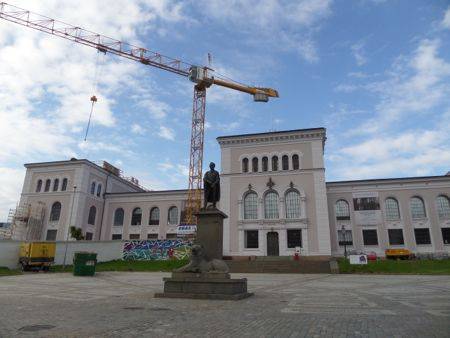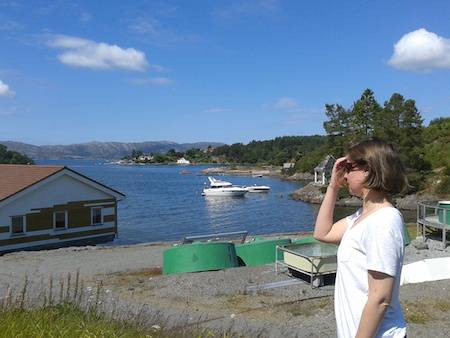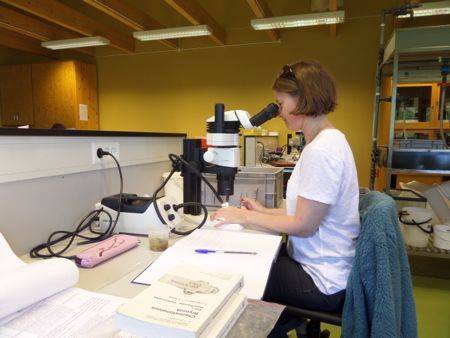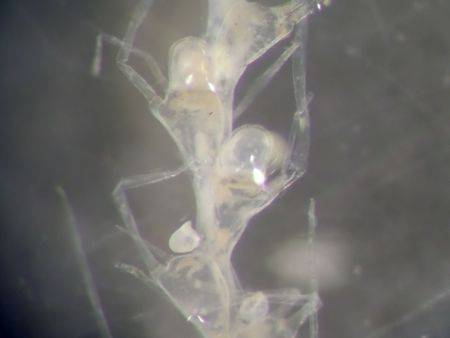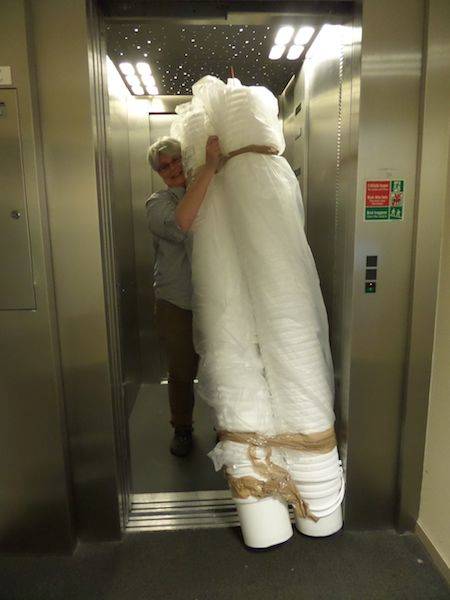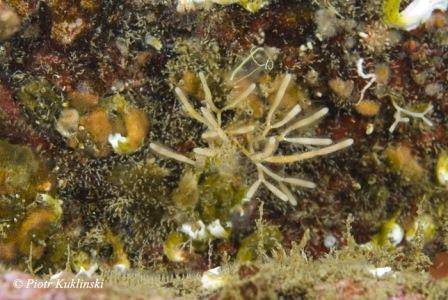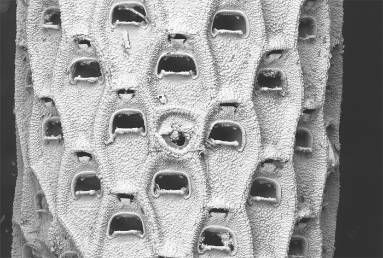After filling our water tanks and having breakfast, the Halton left Bergen harbor for our first diving site in Vatlestraumen on Sunday morning.
Leaving Bergen on Sunday morning.
This location is of interest to the bryozoan team because a species list was done in the area by Professor John Ryland (University of Swansea) back in the late 1950s. After dive checks are completed the bryozoan team jumps in.
Hamish supervising dive checks with Piotr.
Joanne, Piotr and Sally about to dive.
As the Halton circles, waiting for the divers the return to the surface, the Norwegian coastguard arrives and asks us to move from the area as the police are undertaking a missing persons search. With bryozoans and rocks on board, the days dive plan is hastily revised and we head for Åskenset, a short steam away.
The horse mussel team, which consists of Dr William (Bill) Sanderson, Prof Hamish Mair and Rebecca Grieves from Heriot Watt University, are looking for maerl (coralline red algae) and horse mussel beds as part of their biogenic reef project.
Bill and Rebecca waiting to dive while Hamish supervises.
After half an hour down, the divers come to the surface – it has proved unsuccessful and we move on. After a 2 hour steam through some narrow fjordic passages, we arrive in Herdlefjorden at a site commonly known as the Shark Wall. This vertical wall is unusual due to the shoals of tope (a small shark species), which congregate in these waters.
Piotr clutching his camera about to go down to the Shark Wall.
This would finish off the day’s underwater activities before the Halton started to steam north through wonderful Nordic scenery. Several hours later, we moor up overnight. The work for the day has not finished, however, as microscopes come out and Mary and Joanne review the days samples.
Bryozoans on rocks from Vatlestraumen.
Bryozoan zooids seen down the microscope.
More diving in the coming days. Check back for more soon!




